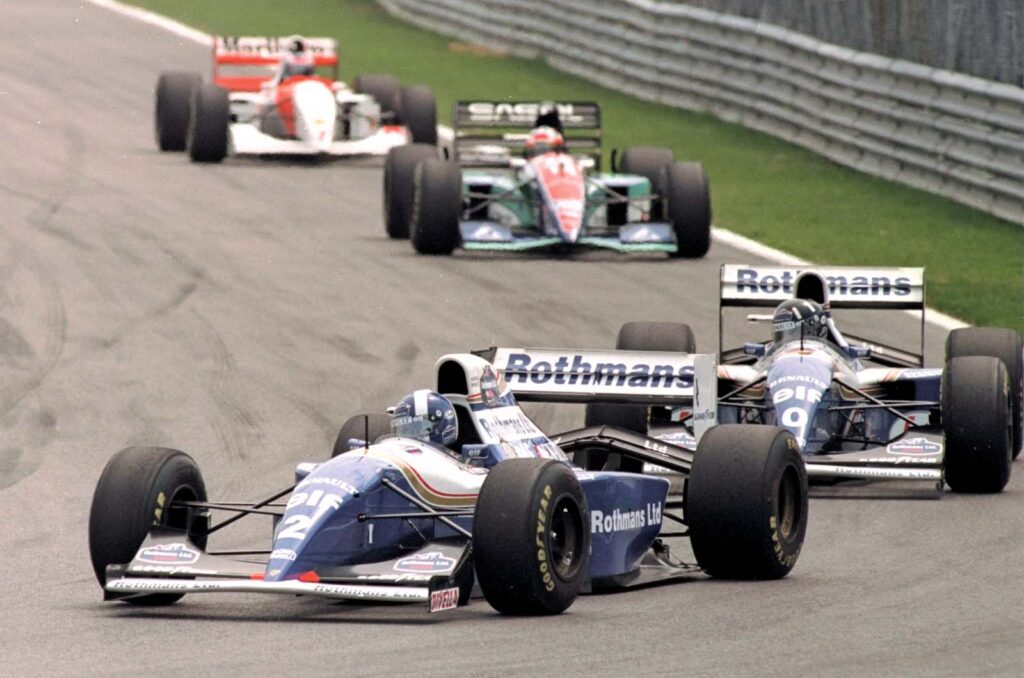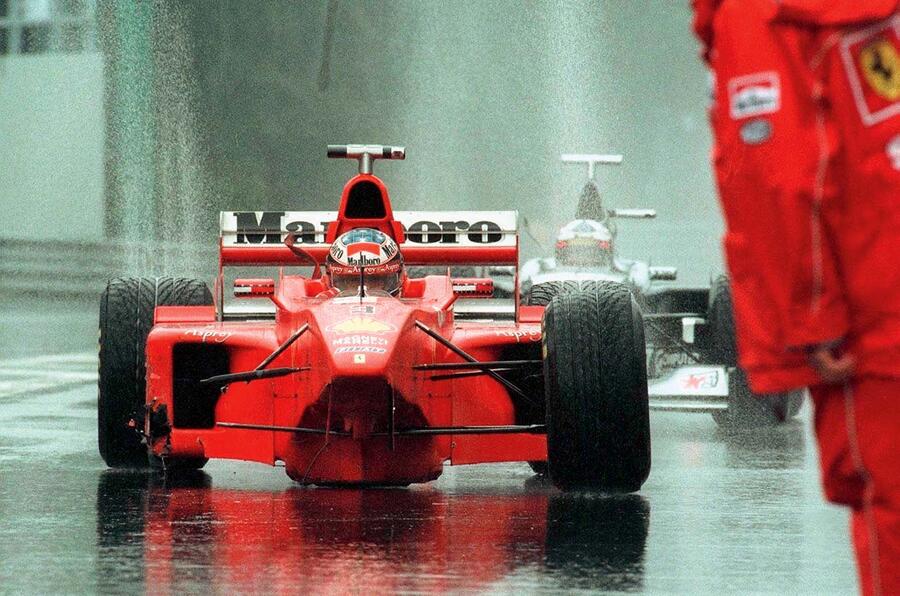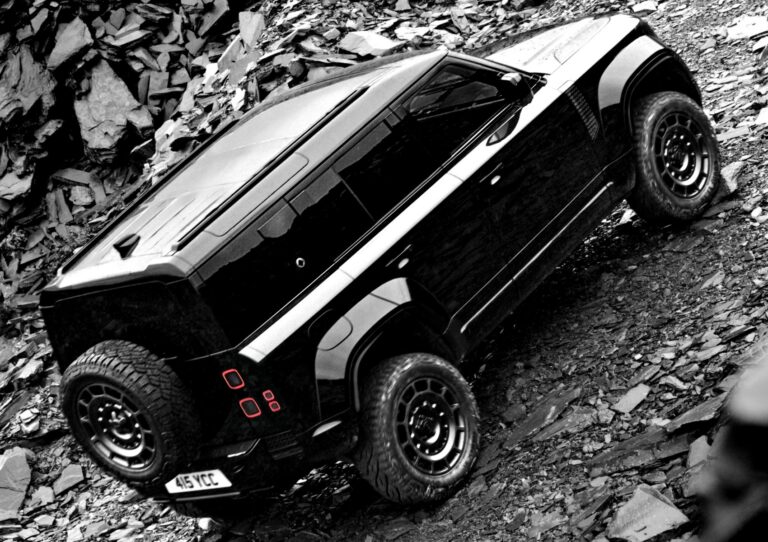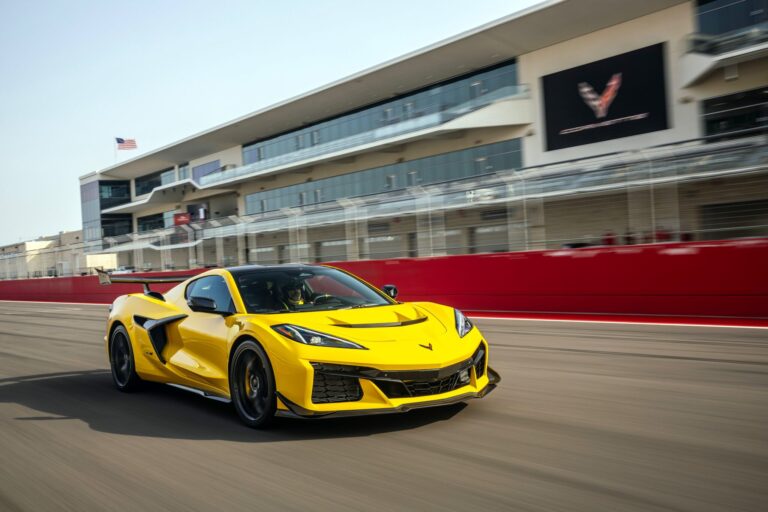
“The ‘active’ Williams had power steering, ABS [anti-lock braking], traction control, fully automatic up-changes, full launch control – then that was all banned for 1994,” he says. “So I got to experience the ‘magic carpet’ cars, the more raw F1 of 1994-1995, then went to McLaren.”
More regulation changes designed to curb performance followed in 1998, via new narrow-track car dimensions and “shite” grooved tyres. Coulthard had to live with the compromised rubber all the way to the end of his F1 career.
“The sport very rarely listens to the drivers,” he says. “Of course they did what they were supposed to do, which was reduce the contact patch, but getting the graining under control and leaving enough groove depth at the end of a race to keep them legal… what a load of faff to slow the cars down. It could have been done in another way.”
The slick modern world of F1 exists in a different dimension to the raw, unvarnished sport that Coulthard grew up in, I suggest. “Yes and no,” replies Coulthard. “I’ve been going to race tracks since I was a kid, and there’s a familiarity whenever I go back to one.”
Recently he returned to humble Pembrey in Wales for the first time since his days testing for Williams, to watch his 16-year-old son Dayton prepare for his first season in the British GB4 Championship. The essence of racing life doesn’t change.
“F1 has always been about technology and the fastest thing available at that time,” he says. “Where we are now is a reflection of modern governmental influence [in terms of emissions legislation], whereas in the 1980s and 1990s, F1 did its thing, the automotive business did its thing, there would be crossover, such as carbonfibre, traction control and fuel efficiencies, but largely F1 was more of a marketing association than the technical collaboration it is today. That’s the big change.”




